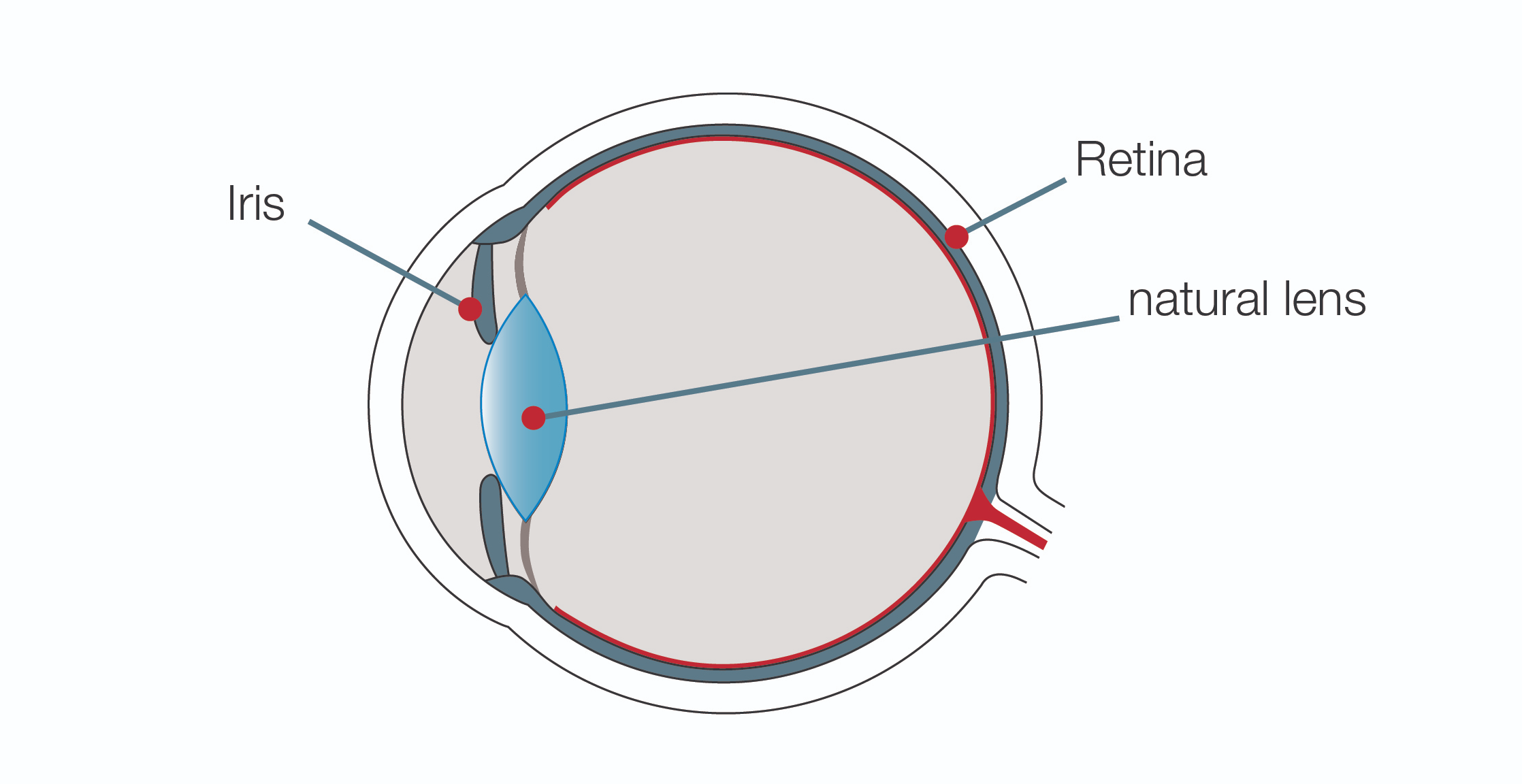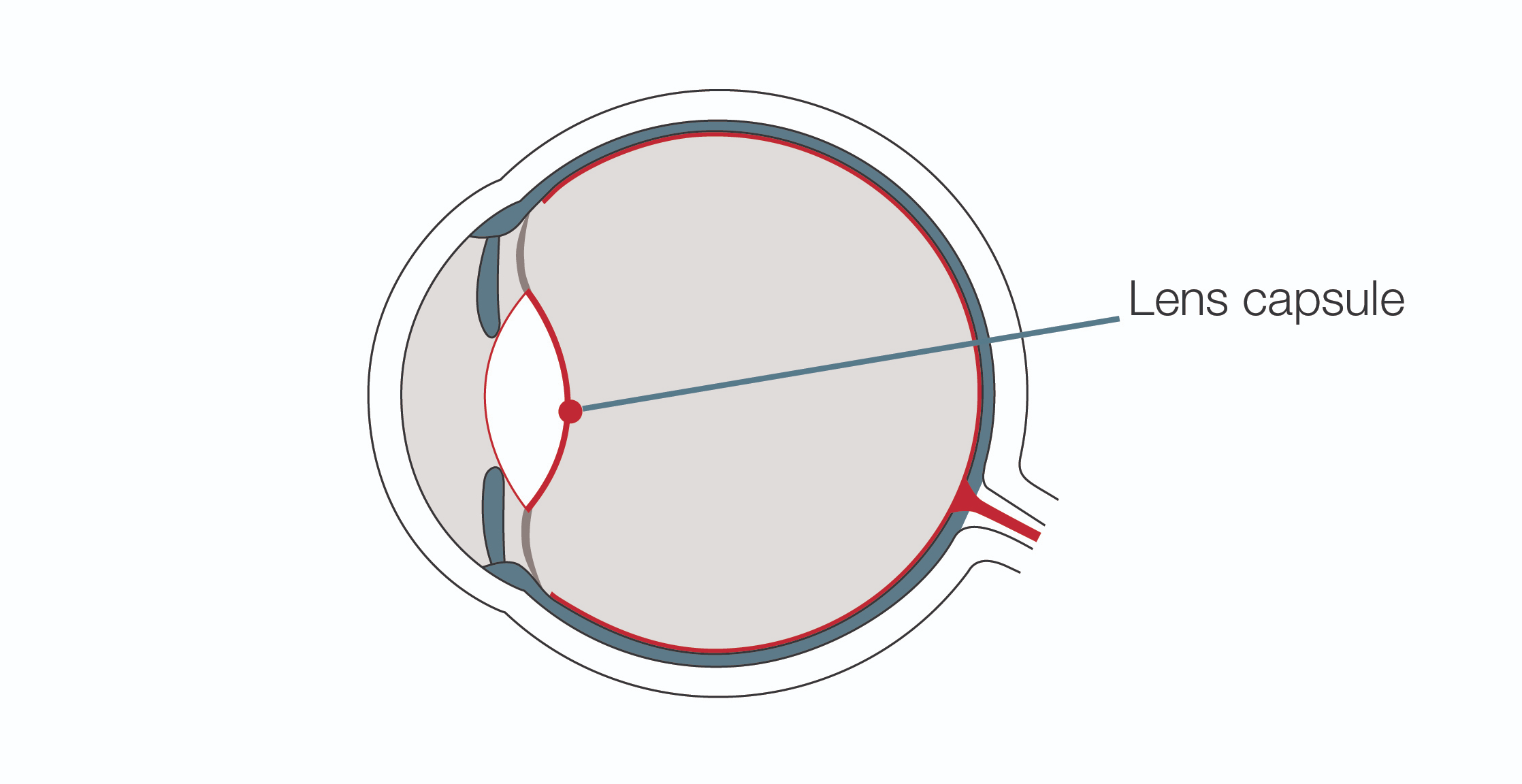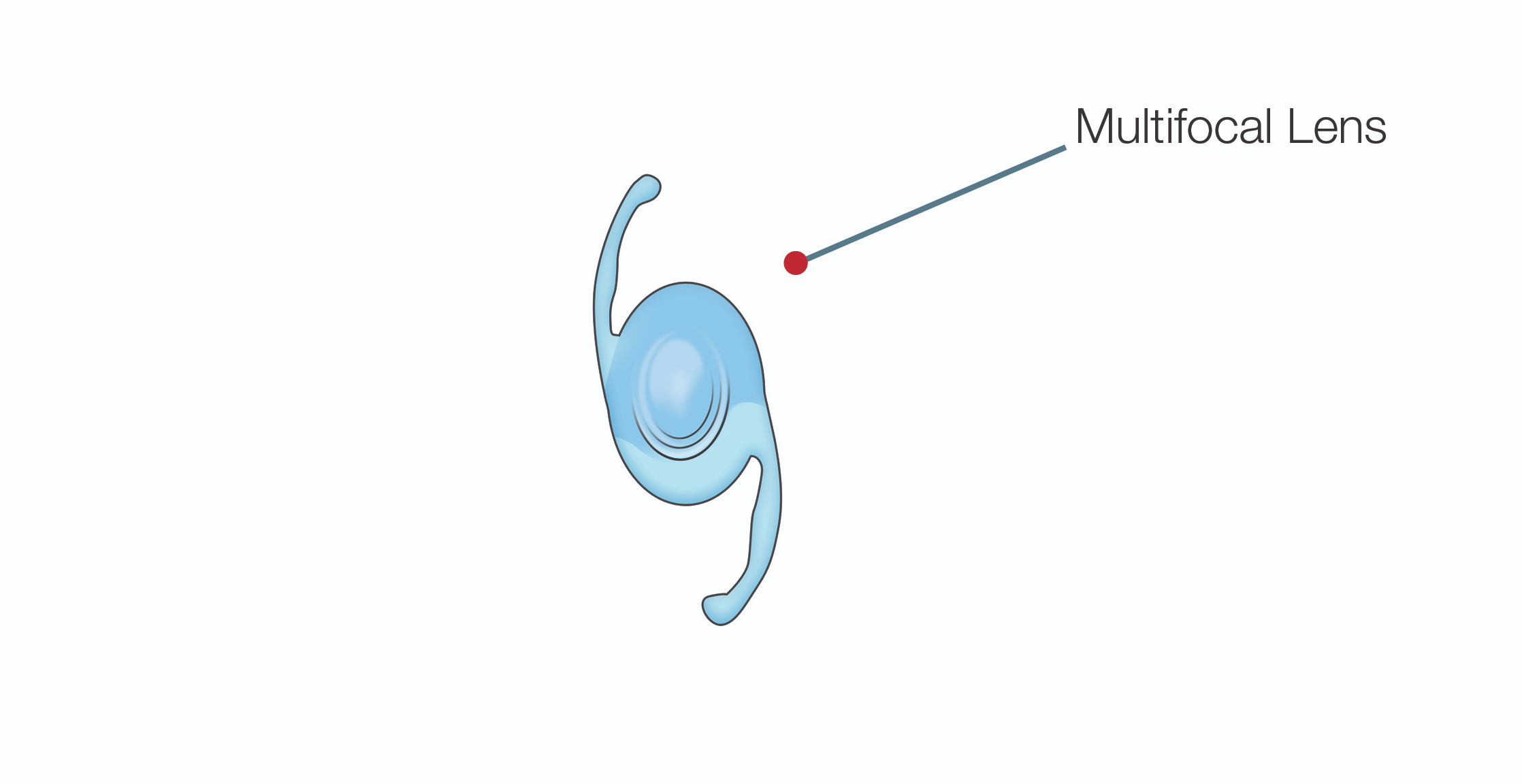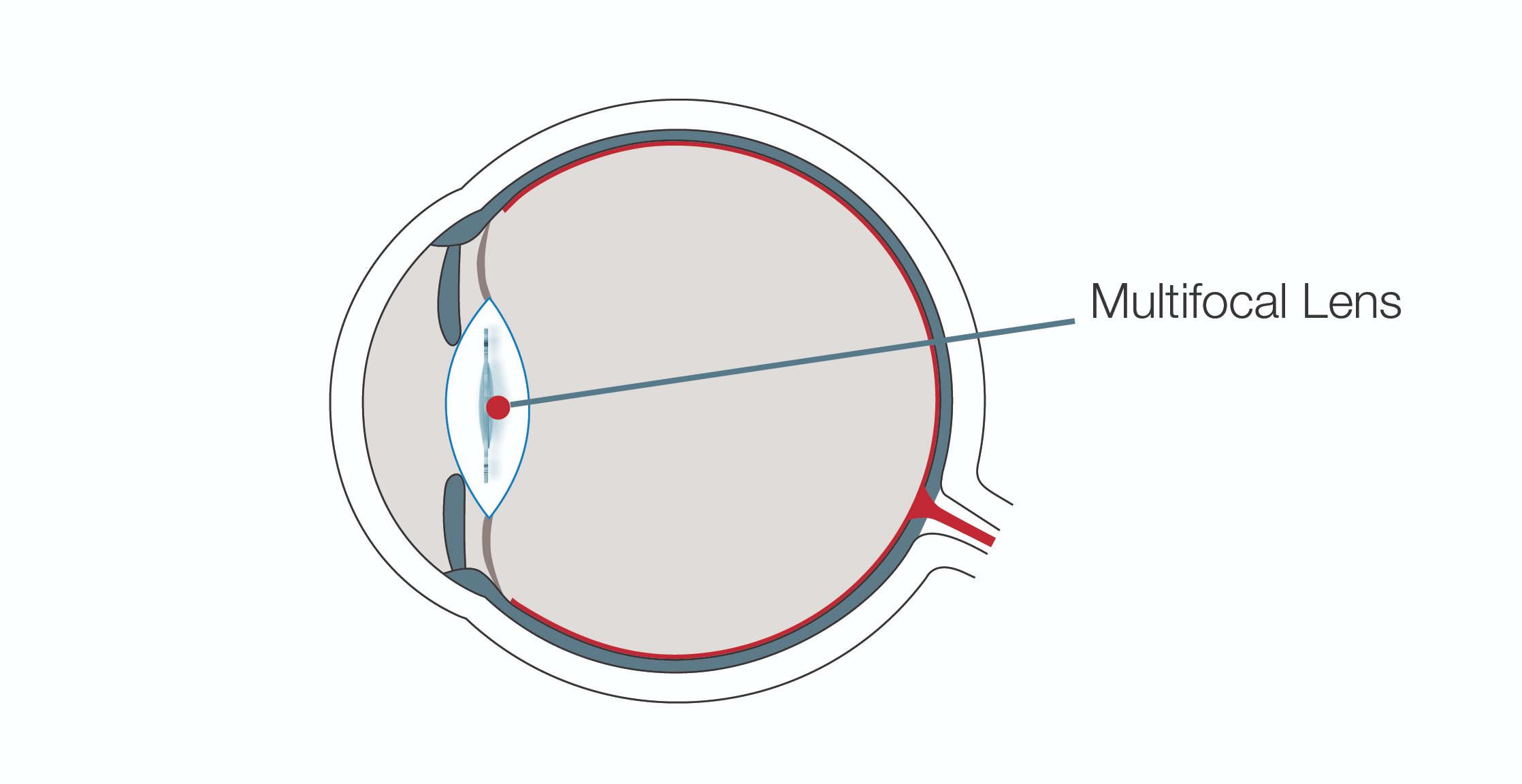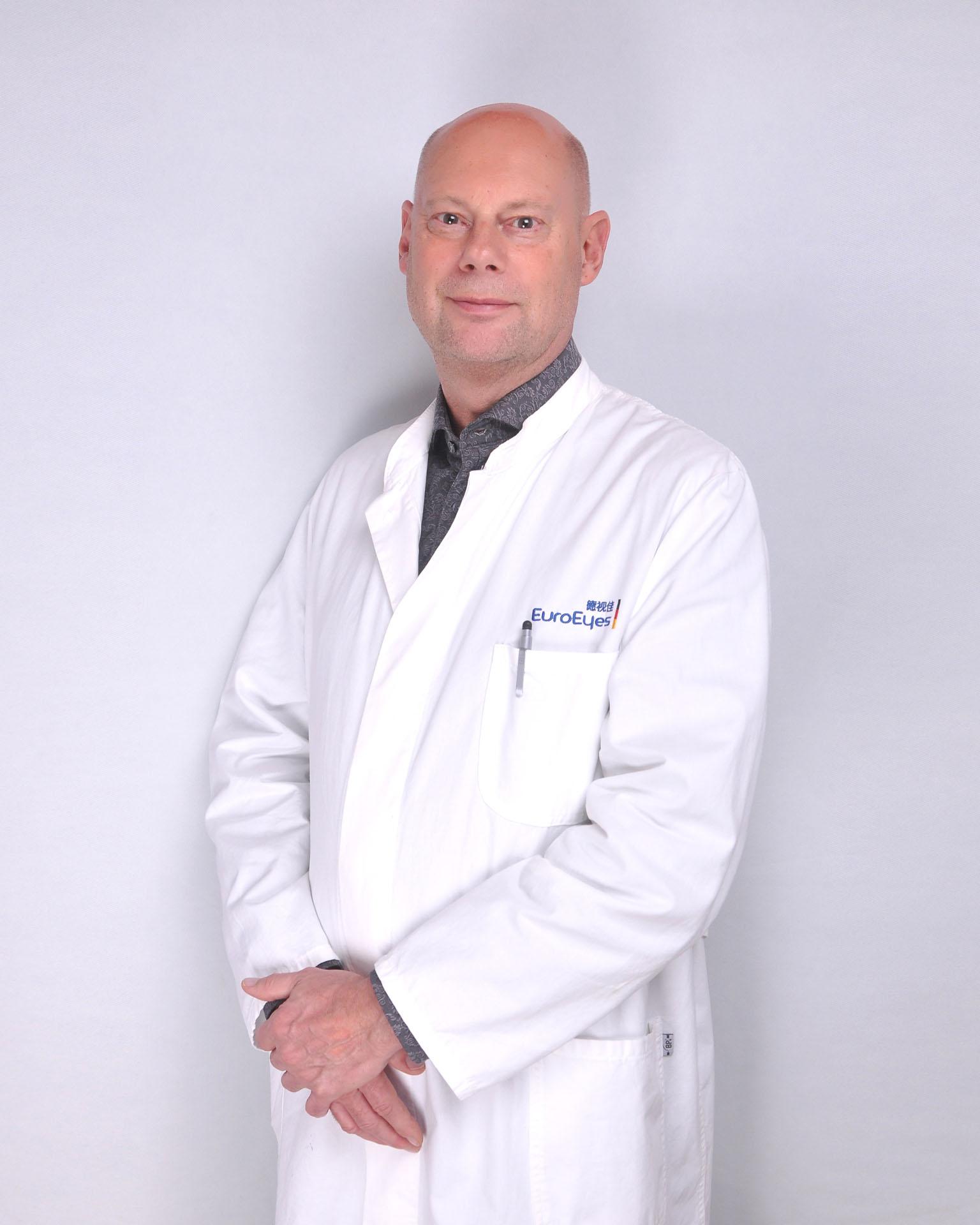WHAT IS PRESBYOPIA?
Presbyopia often occurs between the ages of 40 and 50, meaning that small-sized text becomes increasingly difficult to read. Near objects, such as text, cell phone screens and computer screens appear increasingly blurred with age.
This is usually compensated by holding the reading material or object in question further away and by using additional lighting. However, with the progression of presbyopia the problem increases and it eventually becomes impossible to compensate. If you have been suffering from nearsightedness or farsightedness in your younger years, presbyopia will still occur.
Thanks to state-of-the-art medical technology, we can offer you a variety of solutions to free you from reading glasses.

